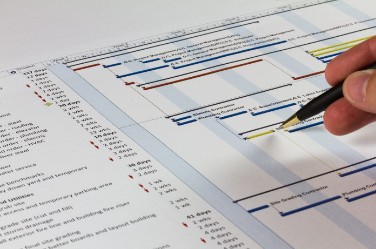Procurement
Procurement strategies
Test procurement models to suit financing demands, risk profiles and stakeholder involvement whilst allowing for early contractor involvement benefits.
Robust contract agreements
Clear, unambiguous language, no loopholes, legally correct, gamed to test scenarios.
Collaborative working and behaviours
Understanding roles and responsibilities of all parties, moving away from the traditional adversarial relationships, better together, aligned project delivery approach.
Clear allocation of risk and responsibilities
Risk management processes, assign risks to parties best able to manage, align with contract and performance measures, flow through the lifetime of project.
Cost and budget advice
Holistic and whole life costs, focus on high value, programme critical items.
Interface management
Clear explanation of delivery and responsibilities within the supply chain, gap analysis, management and escalation procedures, contractual mechanisms for resolution of disparities.
Contractor evaluation and selection
Rigorous selection aligned with governance procedures.
Contractor performance measures
Align payment mechanism to key project deliverables and milestones, cost and schedule indicators to provide warnings for performance drop-offs, pain/gain mechanisms.
Contractor onboarding
Kick-off meetings, team workshops, get off on the right track.
Commercial procedures and controls
Clear procedures with collaborative and early warning ethos, regular audits.
Baseline costs and programme
Robust benchmark for the evaluation of change and project reporting [internal and public].
Training
Skills gap analysis, identify requirements through performance audits, individual/group, team building, senior management mentorship, create future legacy.


